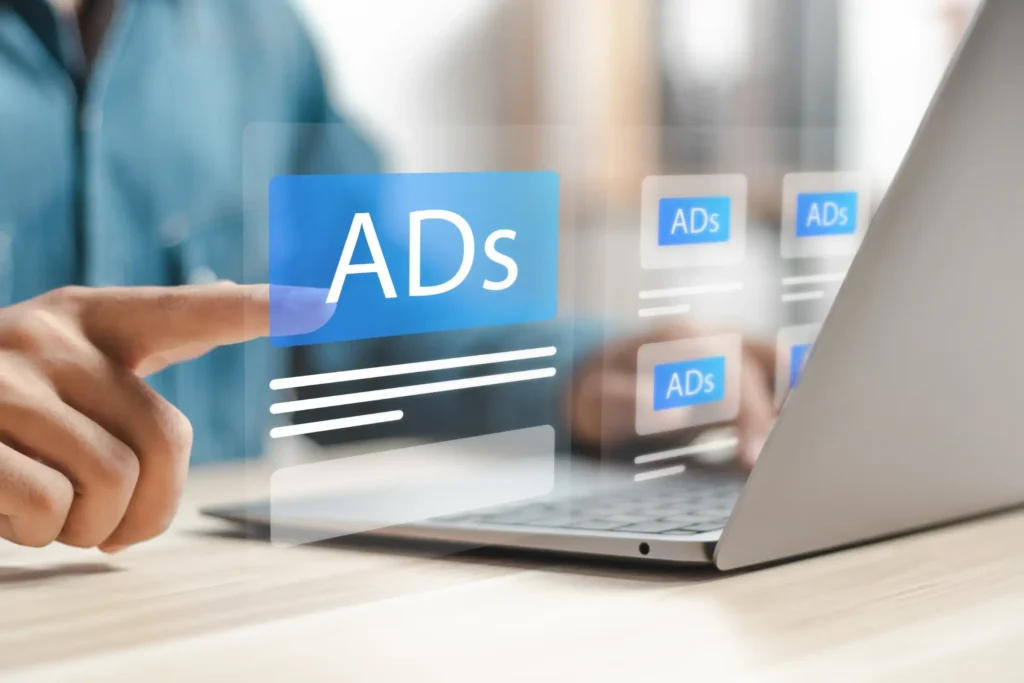How many times have you heard “Advertising is dead”?
If you own a business or have spent any time in the tech industry, probably hundreds of times over the last 10, maybe 20 years. And yet, here we are.
The prognosticators predicting the doom of traditional advertising have been both right and wrong. Yes, traditional advertising has certainly fallen on hard times, and the overall digital media spend continues to grow every year. However, no, traditional advertising has not disappeared. In fact, combined traditional advertising spending continues to be substantially larger than combined digital advertising.
TV still exists. Every year traditional cable hemorrhages paid subscribers while streaming continues to grow – even on a traditional TV set and in some cases with local and regional ads.
Radio still exists. Every year terrestrial radio stations continue to lose listeners, but not nearly at the rate that loyal listeners continue to tune in. And while streaming content, like Pandora, continues to grow among younger listeners, this behavior drops off as driving habits increase. More people still listen to the radio in their cars.[nbsp_tc]
With exception of a small amount of cities, billboards continue to stand as strong as ever. Population growth and aging highways help outdoor advertising make its case. A captive audience and astronomical traffic counts still make billboards one of the most powerful tools for mass marketing and branding.
Think print is dead? Perhaps for newspapers, but print magazines continue to thrive even in the face of declining print revenues. The model has changed and the media has evolved, but regional, local, and niche magazines continue to keep readers.
The key is evolution.
Let’s look at those relics of the advertising world that failed to evolve:
Yellow page directory… if not dead, then certainly in its last throes. Internet search demolished the industry. What used to be a massive paper block of ads and phone numbers has now been reduced to a smaller, slimmer version of itself not even suitable as a booster chair or doorstop.
Newspapers… the print newspaper is a dinosaur headed for certain extinction. Ad sales have grown primarily online for many of the major legacy newspapers (think: New York Times), whereas smaller newspapers continue to see revenue shrink both online and in print. Consumers today just don’t read the news the same way they did 30 years ago.
So how is it that traditional advertising continues to survive while digital advertising evolves and devours more of the annual ad spend?
The answer is simple: consumers live in reality.
Reality is filled with multiple forms of media broadcasting thousands of messages every day. Until the time comes when consumer noses are glued to their phones all day, life outside of the Internet will continue to make an impression.
A hypothetical day for your buyer may unfold like this:
Your buyer checks social media and email first thing when he wakes up. If he has kids, chances are he doesn’t have much time for surfing the web during breakfast. More likely he has a TV or radio on. He hops in the car, drives the kids to school, and then gets stuck in traffic during his morning commute. The radio is on, and he drives past 40 billboards and three buses with ad placards. Once he arrives at work, he sees two copies of a print newspaper in the break room as he makes his coffee and eats complimentary donuts.
Before getting too deep into work, your buyer opens social media again, visits multiple news sites (blogs, online news organizations, maybe even the local TV station’s site), and is treated to videos and display ads. He gets countless spam emails that morning and discovers promotional pens in the copy room that were left behind by the insurance rep. Someone hung a poster for Girl Scout Cookies next to the water cooler.
While running errands during lunch your buyer listens to the radio, drives past 20 billboards, gets stuck behind a bus with a gigantic ad wrap, walks past a kiosk, sees ads on the gas pump, and notices flyers for discounts at the store. A man outside of the store hands him a branded koozie and a flyer. He marvels at the Budweiser wallscape two blocks from the corner store. Upon returning from lunch your buyer repeats the same online media consumption of blogs, news, videos, and email. His phone nearly died, so he took a magazine into the bathroom.[nbsp_tc]
Once the end of the day rolls around, your buyer spends a solid hour coasting through the afternoon watching YouTube, reading social media, and listening to Pandora with his headphones on. Back in the car, drive time radio, 40 more billboards, four taxis with placards, and another bus with an ad wrap. That night he checks the mail, from which he saves his favorite magazine, a catalog for an outdoor sports shop, and a handful of coupon mailers for his wife. When 8pm rolls around, he divides his attention between the TV, his phone, his new magazine, and the catalog. Just before bedtime, he checks email and social media again.
Were you counting the traditional advertising versus the digital advertising?
Guess what, neither was your buyer.
Ready to take your business to the next level? Contact us. We’re here to help.

